Here are some tips and tricks that have worked for the Wheelbrothers over the years.
We are recreational riders, so if you have other tips and ideas that work for you, please add them in the comments below!
1. SLEEP!!!! Make sure you get plenty of sleep from Thursday to Friday night. The night before the ride folks usually have a hard time sleeping. So make sure you give your body the maximum amount of rest you can.
2. Pack your gear the night before the ride: Logical right? You’d be surprised how many riders freak out in the morning because they realize they left that extra tube at home or are missing their socks. This year we’ll leave at 6:15am… so make a list and check it twice…
Quick Checklist:
– Bike
– Helmet
– Headband/do-rag
– Gloves
– Shoes
– Socks
– Bottles (filled with water)
– Heartrate monitor/GPS/whatever you use
– Sunscreen
– Extra tubes, patch kit, emergency bike tool
– Gu/Shotblocks/whatever you eat during the ride
3. Talking about tubes, make sure you have at least two extra tubes with you on this ride. For some reason, the combination of heat and awesome Wichita Falls road conditions is really tough on them.
4. Whatever you do, do not wear underwear under your riding shorts. It’s a ‘sensitive’ subject but we speak from experience when we say that saddle sores, ingrown hairs and blisters full of puss… well, you get the picture. Some of the real manly guys use Chamois/Butt Butter. Yeah, yeah… but it works!
5. Sunscreen: You are going to be in the sun for at least 5 hours or longer at 100+ degrees. Nuff said.
6. Don’t listen to one of the Wheelbrothers called Wade. There are more then one gears on your bike. Use them!
7. Find a great group to ride with and draft, if you are experienced enough to do that. Remember to ask for permission to do so before hand. 99% of the time it’s fine but there are anal retentive goobers everywhere. (See the Wheelbrother jerseys? Introduce yourself and come and join us!). Tip from ‘Mountain Valley Bicycle Racing’: Don’t be ashamed to suck a little wheel and latch onto a good group, at any time. Just don’t ride tempo or into your red zone. Back off and find another if too fast for you…no shame.
8. Draft wisely: If you do not know the folks you are drafting of, be careful. Figure out if they know what they are doing and if they can hold a steady lane. If not, the potential couple minutes you are shaving of your overall time, might not be worth the road rash.
9. Hydrate, Hydrate, Hydrate: Read yesterdays story on hydration to survive the HH100.
10. Don’t over-hydrate.. Okay, so a second ago I tell you to drink.. now I’m telling you not to? Wrong. Some really smart folks have figured out you can actually drink to much. Follow the two/three bottle rule from yesterday and you should be fine, just be careful not to over do it!
11. Let’s talk cramps: There are some folks that swear by pickle juice, others LOVE their Mustard and then there are folks that swear by ‘Tums’ or a product called SportLegs?!… Looks like all groups are on to something. Though little research has ‘officially’ been done anecdotal evidence is significant on all of them (for more info read the links). Mustard info, Pickle Juice info, little info on Tums I could find. Some people like Wheelbrother Michael SWEAR by Tums, Big Ken uses SportLegs, Ryan our triathlete loves his pickle juice. Now, do NOT make this a ‘habit’ just be aware that this MIGHT help and feel free to try it. Do so at your own risk…
12. Squirt water on your head. Yes, dowse the old noggin which will bring an initial and immediate blast of relief. Next, the evaporation effect will continue to help keep you cool, as the water dries by carrying heat away from your body as you continue to ride. Make use of the ice towels they are handing out at the rest stops and put some on your neck. Or you could go really fancy and get you one of these cooling vests!
13. Nutrition, Nutrition, Nutrition: Make sure to eat about 100-200 calories every 30-45 minutes. Graze at the rest areas and don’t forget to chow down on a gel/shotblock/stinger every hour you are out on the road.
Most of all- Keep your head up and have a great time!!!
ENJOY the ride. Don’t take it to serious and relish in the experience of riding with 13,000+ other riders in the 30th year of Hotter ‘n Hell.
Make new friends and most importantly, if you see one of the Wheelbrothers say ‘Hi’!!!!
Oh… and of course – LIKE us on Facebook 😉
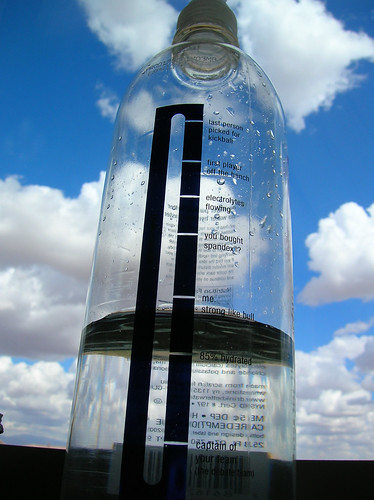 Brad please educate us on how to properly hydrate:
Brad please educate us on how to properly hydrate: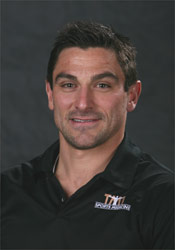
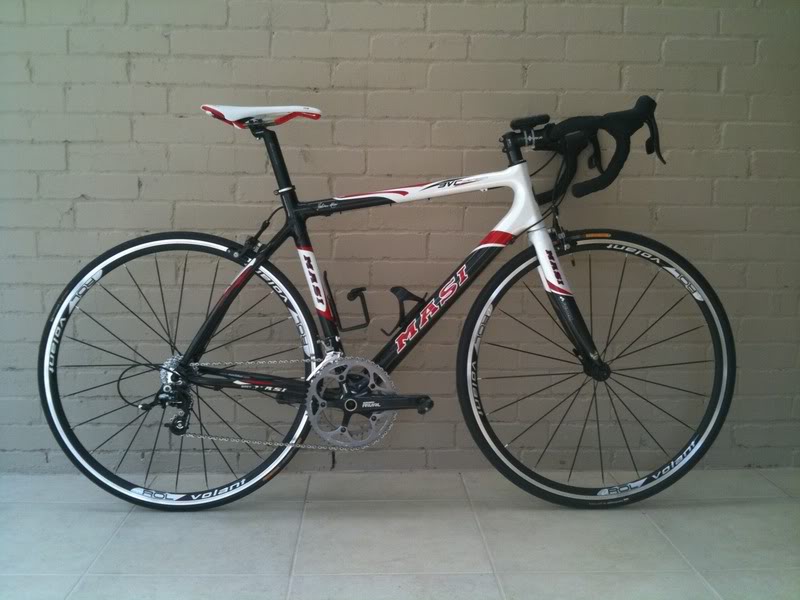
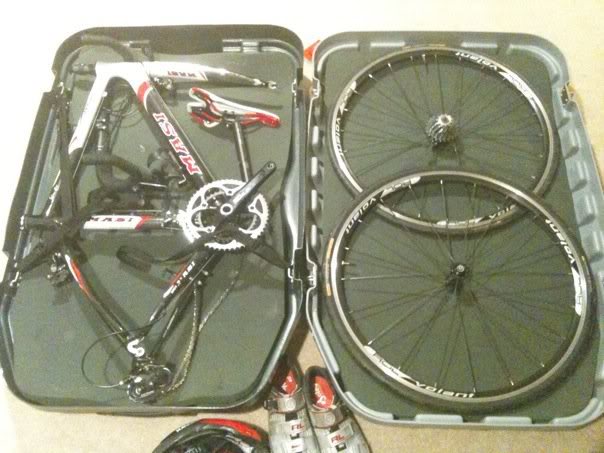
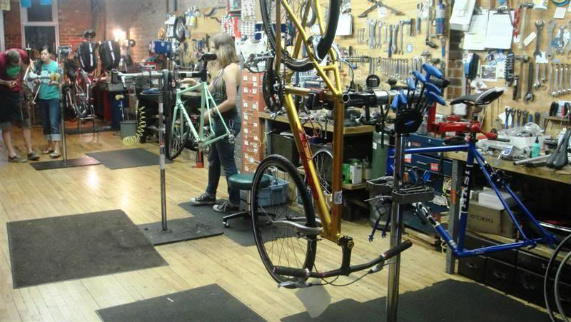
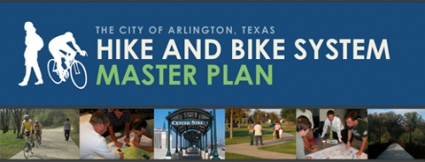
 The 24th Annual Goatneck Bike Ride benefiting various Johnson County charities invites you to join their ride on July 30, 2011 starting at
The 24th Annual Goatneck Bike Ride benefiting various Johnson County charities invites you to join their ride on July 30, 2011 starting at  The 21st Annual The Dehydrator benefiting the Duncan school bands invites you to join their ride on July 30th, 2011 starting at Simmons Center located at
The 21st Annual The Dehydrator benefiting the Duncan school bands invites you to join their ride on July 30th, 2011 starting at Simmons Center located at